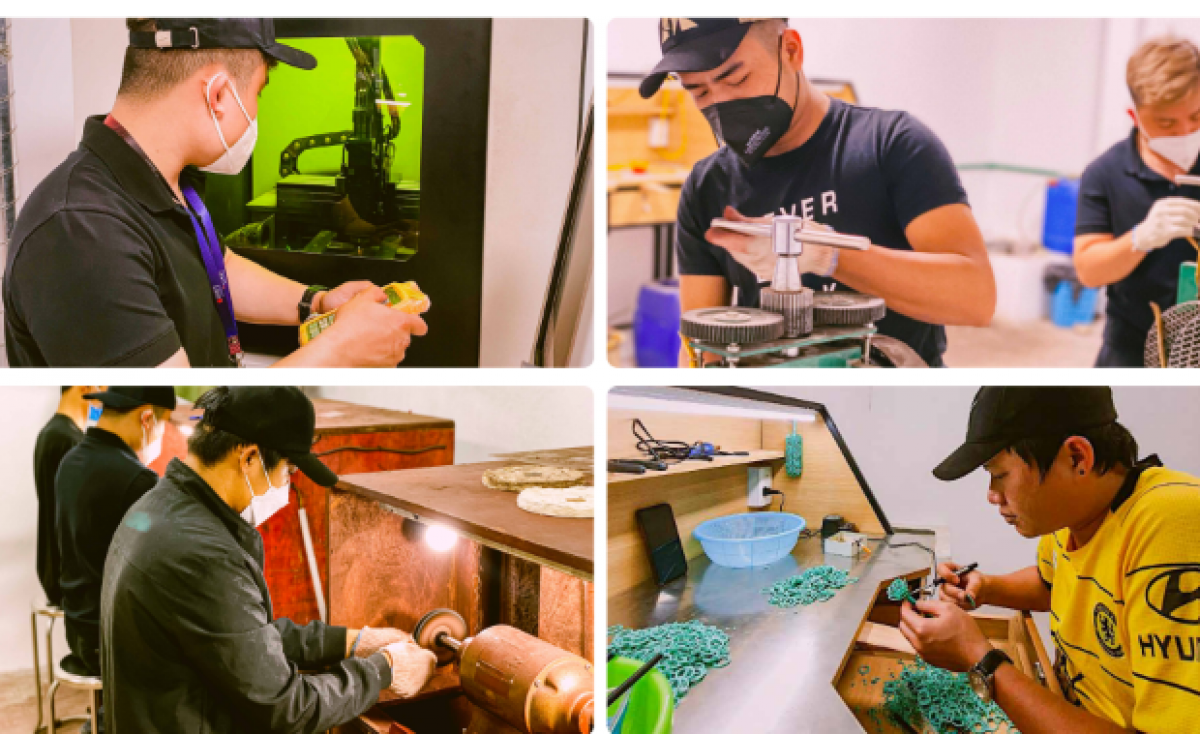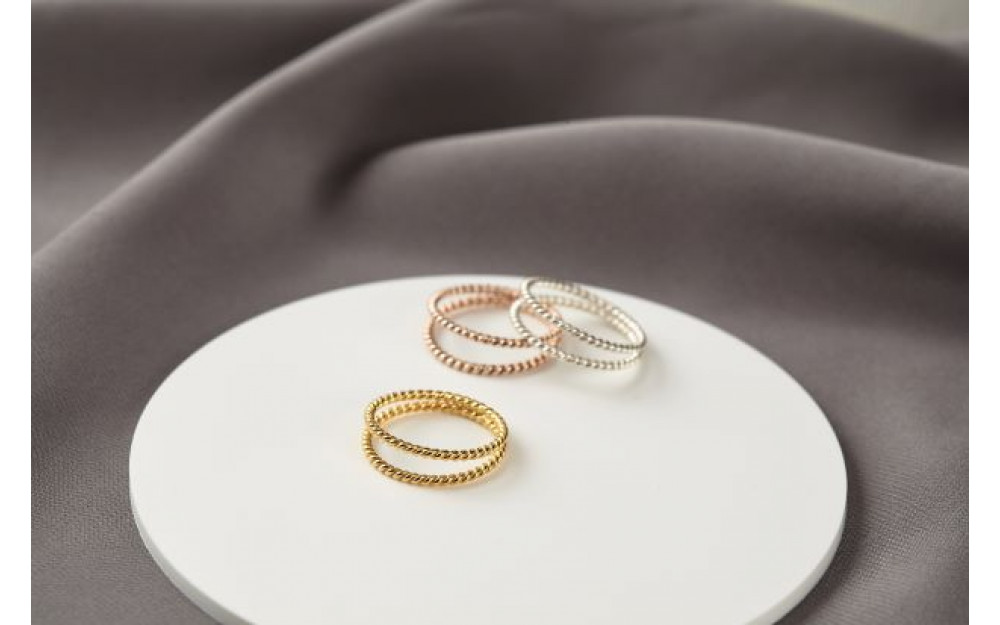Crafting sterling silver jewelry is not a simple process. It requires time, attention to detail, professional skills and specialized tools in order to achieve the desired results. Read on to learn more about the essential stages behind crafting stunning pieces of sterling silver jewelry!
Mold making
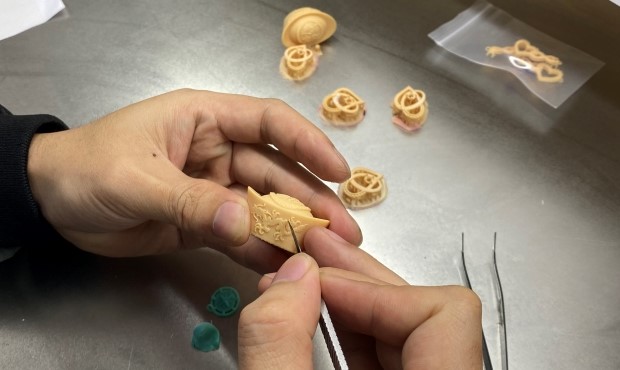
The step entails converting resin output from CAM into a silver model (a master design used to create identical pieces of jewelry using a rubber mold) and master mold must be made for mass production. A number of similar jewelry items may be produced with the help of the rubber mould. The best feature of the rubber mold is that it keeps the patterns secure, correctly kept, and embedded within so that they may be replicated in jewelry designs in the future.
A mould can be created via the process of vulcanizing, which can be done using silicone, metal, or natural rubber. In addition, to create wax sculptures, the rubber mold is mounted on a skilled wax injector machine, which applies pressure into the cavity. These wax replicas will be used repeatedly in the casting process.
Casting
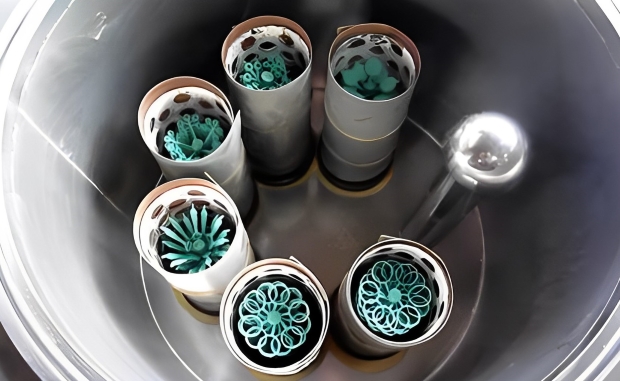
The next stage in jewelry manufacturing is casting, which is regarded as one of the most sophisticated operations. The employment of skilled and educated casters is necessary for casting. The wax tree is first placed in a steel flask, then a slurry of chemical powder is added, and this mixture is allowed to solidify for roughly an hour. The flask is put inverted into a kiln, where the wax melts and forms a negative cavity in the form of the original model. As the temperature differential between the mold and the kiln is reduced, the molten silver is pressed into the area where the wax tree was.
Filing and assembly
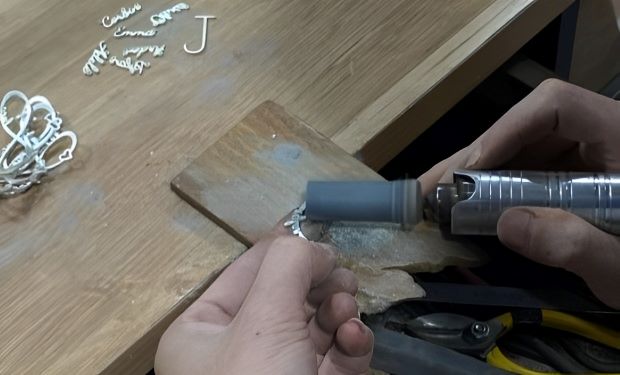
After jewelry pieces come out of their molds, they require filing to produce a smooth and even surface. Using a range of tools, like files and burns, artisans delicately remove any unwanted surface marks & abrasions. To get rid of moldy residue left over from the molding process, they are also given a pre-polish.
Afterwards, any pendants and other metal accents are affixed to the pieces. A silver alloy with a lower melting point is used to accomplish this. The parts are solidly placed since the details are properly soldered onto them.
Stone setting
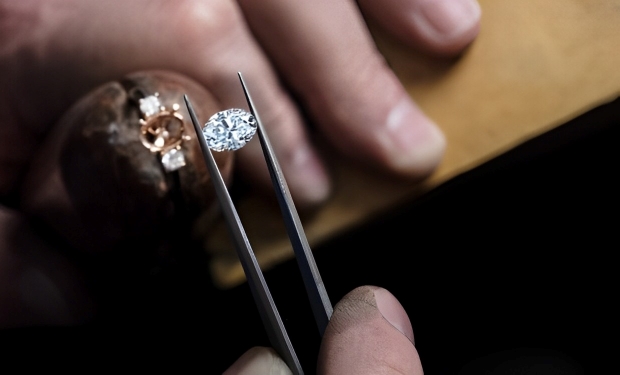
The procedure of setting or mounting a gemstone in jewelry is known as stone setting or metal setting.
Setting gemstones in a ring or other jewelry requires various techniques including prong, pave, bezel, channel, bar, tension setting and so on. Jewelers can employ a variety of settings when setting stones in order to produce more sophisticated or ornate designs.
Plating and Polishing
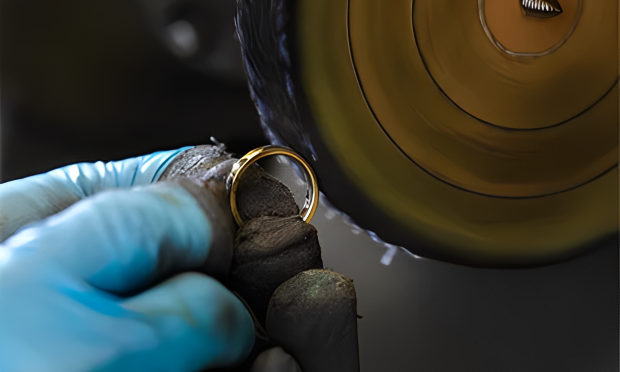
To provide a diverse appearance of the same design and enhance the life span of jewelry, manufacturers can add a layer of different metals such as rhodium, gold, platinum...in different thicknesses by plating methods. And the polishing step is the final stage in which the jewelry is polished. The goal of polishing is to add some shine to the entire piece of jewelry. Both the manual and mechanical polishing processes available. Some of the tools that allow the artisans to polish the jewelry by hand include soft buffs, solid buffs, single-line ball buffs, coin buffs, platinum polishing rouses, red and green rouses.
Hope this article helps readers understand how a piece of jewelry is made in the simplest way. And if you are finding an experienced jewelry manufacturer, Shinera Vietnam is always willing to be your helpful partner to develop your brand. Check out our Profile and contact us at https://shinerajewelry.com/contact-us.
